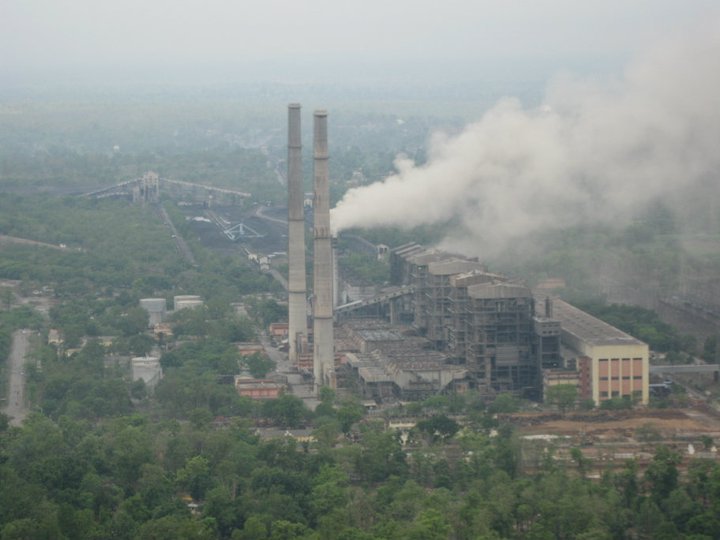India faces mounting environmental challenges. The latest India State of Environment Report from the Ministry of Environment, Forests and Climate Change confirms that 80% of urban residents live in areas where pollution is far above safe limits. 72 cities are now classified as pollution hotspots. In many of these locations, PM2.5 levels are two to three times higher than the World Health Organization’s recommended guidelines.
The report shows that more than 30% of India’s rivers are deemed critically polluted. Over the past five years, plastic waste generation has surged by 15%, exacerbating the disposal and recycling problems. Despite rapid urbanisation, only around 50% of municipal wastewater is treated before its release into water bodies. These figures give a hard-edged snapshot of the ground reality in India’s urban and rural environments.
Who is involved?
The government is at the heart of the response. The central ministry is the primary architect of policy and data collection. Recently, 10 major environmental policies have been introduced to tackle these issues head-on. State governments are not far behind—75% of states have upgraded their air quality monitoring systems in the past five years, showing a concerted effort to track and manage environmental degradation.
Local authorities, working with the Central Pollution Control Board, are also taking action. Stricter industrial regulations have led to a 40% reduction in harmful industrial effluents since 2005. Beyond the public sector, more than 120 local and international NGOs are engaged on the ground. They run projects on everything from clean air initiatives to water conservation and waste management, providing community-level scrutiny and support.
Where is it taking place?
The environmental crisis affects every corner of the nation. Major metropolitan areas, including Delhi, Mumbai, Kolkata, and Chennai, illustrate the urban aspect with severe air quality and water issues. Meanwhile, rural areas also bear the burden. Agricultural practices in these regions consume nearly 40% of the available water resources, creating a strain on both local economies and ecosystems.
This nationwide impact underscores that the crisis is not isolated to a few regions. Both metropolitan and rural landscapes are witnessing the adverse effects of unchecked pollution and environmental mismanagement. The data calls for a unified, national effort to address these challenges, as the issues span from densely populated cities to remote agricultural areas.
When did these changes occur?
The report reflects trends that have built up over an extended period. Key figures such as the 15% increase in plastic waste and the surge in urban pollution have been observed over the past five years. Improvements like the 40% decline in industrial effluents have emerged gradually since 2005. These timelines indicate a slow evolution of the environmental landscape, where past policies and industrial practices are now manifesting in measurable changes, both positive and negative.
By providing a historical lens, the report allows us to assess not only current challenges but also the progress—or lack thereof—over significant periods. This context is vital for understanding how recent initiatives may shape future outcomes.
Why does It matter?
The stakes are exceptionally high. Air pollution alone is linked to an estimated 2 million premature deaths per year. Such figures highlight the urgent need for immediate and lasting change. Beyond human health, environmental degradation carries an economic cost estimated at 2–3% of India’s GDP. These losses stem from reduced productivity, increased healthcare expenses, and broader socio-economic instability.
Biodiversity is also at risk. The report identifies approximately 140 species facing endangerment due to habitat loss. Forest cover remains at only 21% of the total land area, with modest plans to boost this by just 5% through targeted initiatives. Each of these numbers reflects deep societal and ecological implications, reinforcing that the environmental crisis has far-reaching consequences.
How is it being addressed?
Government action is ramping up. The introduction of 10 new environmental policies underscores a commitment to tackling the crisis. Upgraded air quality monitoring in 75% of states now enables better detection and quicker response to pollution spikes. Simultaneously, industrial sectors have seen a 40% reduction in effluent discharge, thanks to tougher enforcement and improved technology.
In parallel, there is a push towards cleaner energy. Although renewable sources currently account for only 25% of the nation’s energy mix, efforts to reduce reliance on fossil fuels—which still represent 70% of energy consumption—are under discussion. Initiatives to promote a circular economy are also gaining ground, as evidenced by a 4% annual growth in urban waste generation that calls for enhanced recycling and waste management strategies.
Local governments and NGOs are working on-ground, implementing projects to improve water treatment, reduce plastic waste, and promote community-led initiatives. These measures are beginning to show tangible results in some areas. However, the slow pace of change and the vast scale of the issues mean that these efforts need to be significantly scaled up.
India’s latest environmental report presents a mixed picture of worrisome numbers and hard-won progress. The figures—ranging from severe air pollution statistics to significant reductions in industrial discharges—offer clear evidence of both the challenges ahead and the steps already taken to mitigate them.
With 80% of urban residents living in unhealthy air conditions, over 30% of rivers polluted, and the economic and human cost of degradation mounting, the urgency for comprehensive action is undeniable. Policies are evolving, monitoring is improving, and stakeholders across all levels are stepping up. Yet, the ground reality remains stark, and sustained, nationwide efforts will be vital to secure a healthier future for all.

